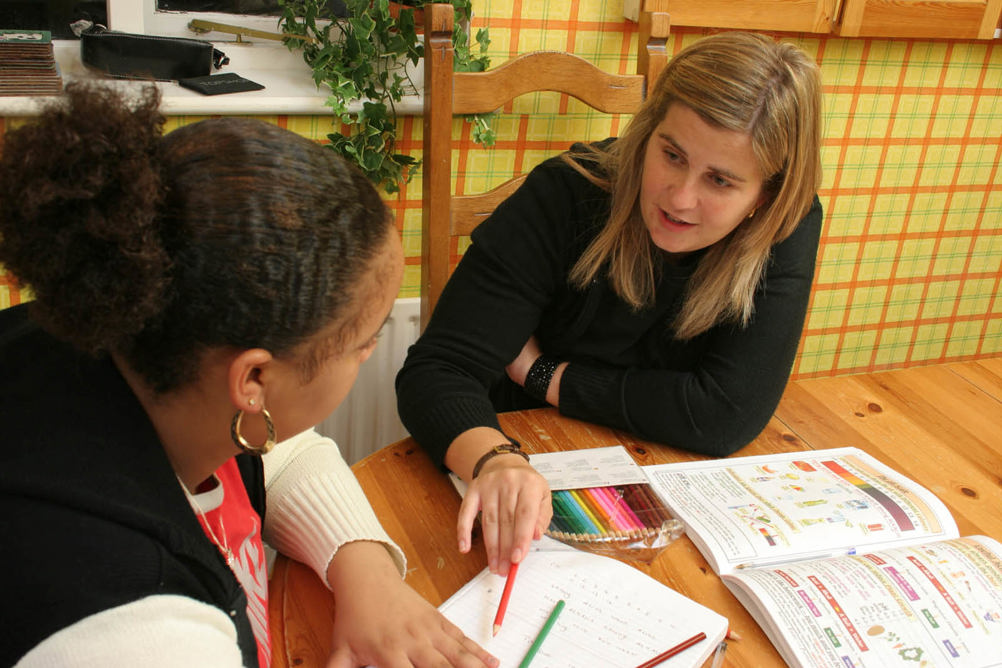
It had a messy birth, but a couple of years on from its formation, doubts remain about the Department for Education’s support and improvement programme for children’s homes. It aims to play a fundamental role in challenging homes to improve the service they offer to vulnerable children. Its roots lie in the Labour government’s much-criticised decision not to renew funding for the National Children’s Bureau’s National Centre for Excellence in Residential Child Care (NCERCC) back in March 2009.
Instead of continuing to support the centre, the government hired education services company Tribal to run a “challenge and support” programme for residential child care.
But in September 2010, the coalition government decided it could do a better job itself for less money. The result was the support and improvement programme, a civil servant-led initiative tasked with being a catalyst for improvements in children’s homes.
Achievements to date
So what has it achieved? To date, most of its activities have involved disseminating and conducting research. It published the Children’s Home Data Pack, a collection of figures on children’s homes from Ofsted and the Department for Education (DfE); and research carried out by the universities of Bristol and York into the work of children’s homes.
It has funded research on positive behaviour management to try to identify how to steer children’s home residents away from criminal behaviour; and crime reduction charity Nacro to update its Reducing Offending by Looked-After Children handbook. Three times a year, it also publishes In House, a magazine for those working in children’s residential care.
Beyond the world of research and newsletters, it has run “Far from Home” workshops to help councils and children’s homes “identify sector-owned solutions to improving support for children placed at a distance from the authority responsible for their care”. A report on the findings from the workshops will be published “in due course”.
Finally, it has run “learning set” pilots, where children’s homes managers get together to share knowledge. “These were highly rated by participants and employers,” says a spokeswoman. “We are working with the sector to review further roll-out of learning sets.”
But those involved in the programme’s work feel that it has yet to make an impact and outside Whitehall the doubts are greater. “It isn’t a substitute for NCERCC,” says Jonathan Stanley, policy and practice consultant at the Independent Children’s Homes Association (ICHA), who was previously manager of the centre. “NCERCC was able to do many more things than the department’s programme is managing to do and, as such, the sector continues to be at a loss without it,” he says.
“If you look at fostering, it has the British Association for Adoption and Fostering (BAAF) and the Fostering Network. Independent homes have the ICHA, but that doesn’t offer the same support as is provided through the Fostering Network and BAAF – NCERCC was that support. The sector would welcome its return.”
There are also concerns that the department is not engaging sufficiently with the residential care sector or young people in care. “ICHA members are increasingly concerned at the potential for a disconnect emerging between the plans of the government and the reality of the sector,” says Stanley.
Government feedback
Wendy Banks, director of policy at youth advocacy charity Voice, says: “It’s important that there is a forum where the voice of the children’s home sector feeds back into government. What is also missing is the voice of the child. How will children in care feed into the programme? NCERCC had an important role in developing and sharing good practice, identifying issues of concern, bringing the sector together and effective communication with government. It’s really important that this is continued.”
This is all the more important now that the programme has inherited the children’s home workforce development remit from the Children’s Workforce Development Council, says Stanley. “We don’t know if the 2020 vision for the workforce is being held by this government, but we don’t have the luxury of waiting to see,” he says. “The work we had done with the CWDC was exemplary. We can’t let essential elements disappear and the momentum drop. We need a workforce strategy – anything else cannot be acceptable.”
But a DfE spokeswoman points to two developments on the horizon. The first is the publication of a charter for children in care homes. Due out in May, it was developed in consultation with children in care and will set out what they can expect from homes. The programme is also starting a peer-to-peer support scheme where underperforming homes will get help from the best performing ones.
So the jury is still out on the support and improvement programme. Stanley says its focus on homes remains problematic. “Children often arrive in residential child care after serial fostering breakdowns. That’s not a failure of residential child care, it’s a failure of all that has happened before. We need to look at residential child care among all children’s services – we need to think systemically rather than thinking about it in its singularity.”
Register Now to Continue Reading
Thank you for visiting Children & Young People Now and making use of our archive of more than 60,000 expert features, topics hubs, case studies and policy updates. Why not register today and enjoy the following great benefits:
What's Included
-
Free access to 4 subscriber-only articles per month
-
Email newsletter providing advice and guidance across the sector
Already have an account? Sign in here

